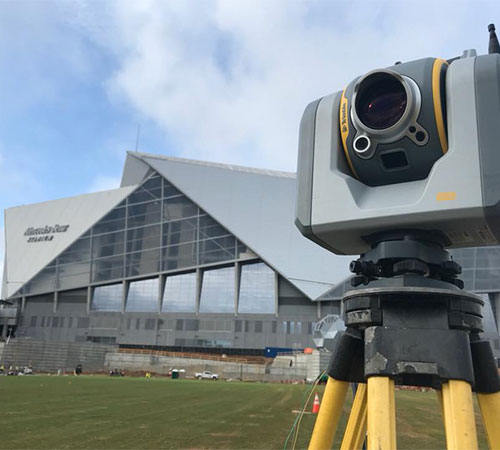FEMA identifies and maps certain areas of land that are prone to flooding based on previous flood history. These maps are revised as flood patterns emerge, but roughly 58% of these maps inaccurately identify Special Flood Hazard Areas (SFHA) especially in rural areas like North Georgia.
Insurance companies utilize these maps to assess which properties lie within the special flood hazard zone and require them to carry flood insurance and/or obtain special permitting prior to construction.
Obtaining an accurate survey can help evaluate the actual flood risk to your property. To determine your property location in reference to the 100-year flood zone area, a registered land surveyor will conduct a thorough field analysis by identifying the locations and elevations of the property limits and structures in relation to the adjacent ground level. Once the elevations have been verified, the surveyor will complete an Elevation Certificate to be filed with FEMA verifying or amending the existing flood map.
If any portion of your property has been incorrectly mapped as being in the SFHA, but is actually above the established base flood elevation, a Letter of Map Amendment (LOMA) may be filed in conjunction with the Elevation Certificate. The LOMA amends the existing flood plain map and removes all or a portion of your property out of the flood plain. If the Elevation Certificate or LOMA is approved, you could significantly reduce your flood insurance premium, or have the option to remove flood insurance altogether.


